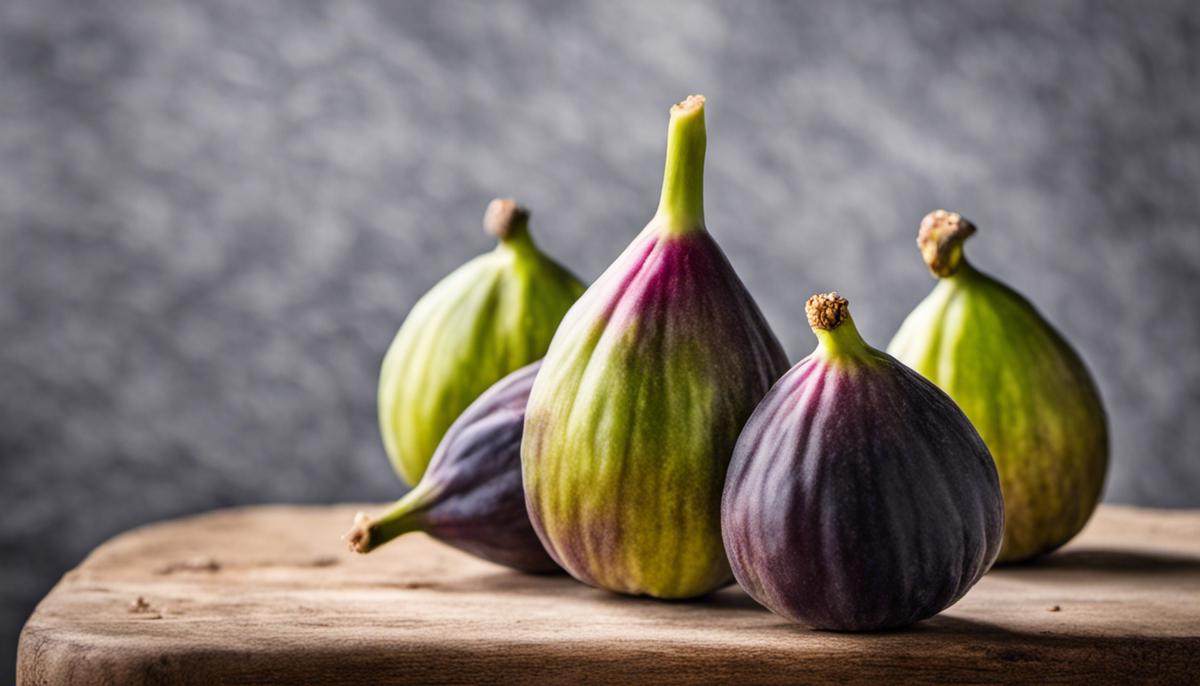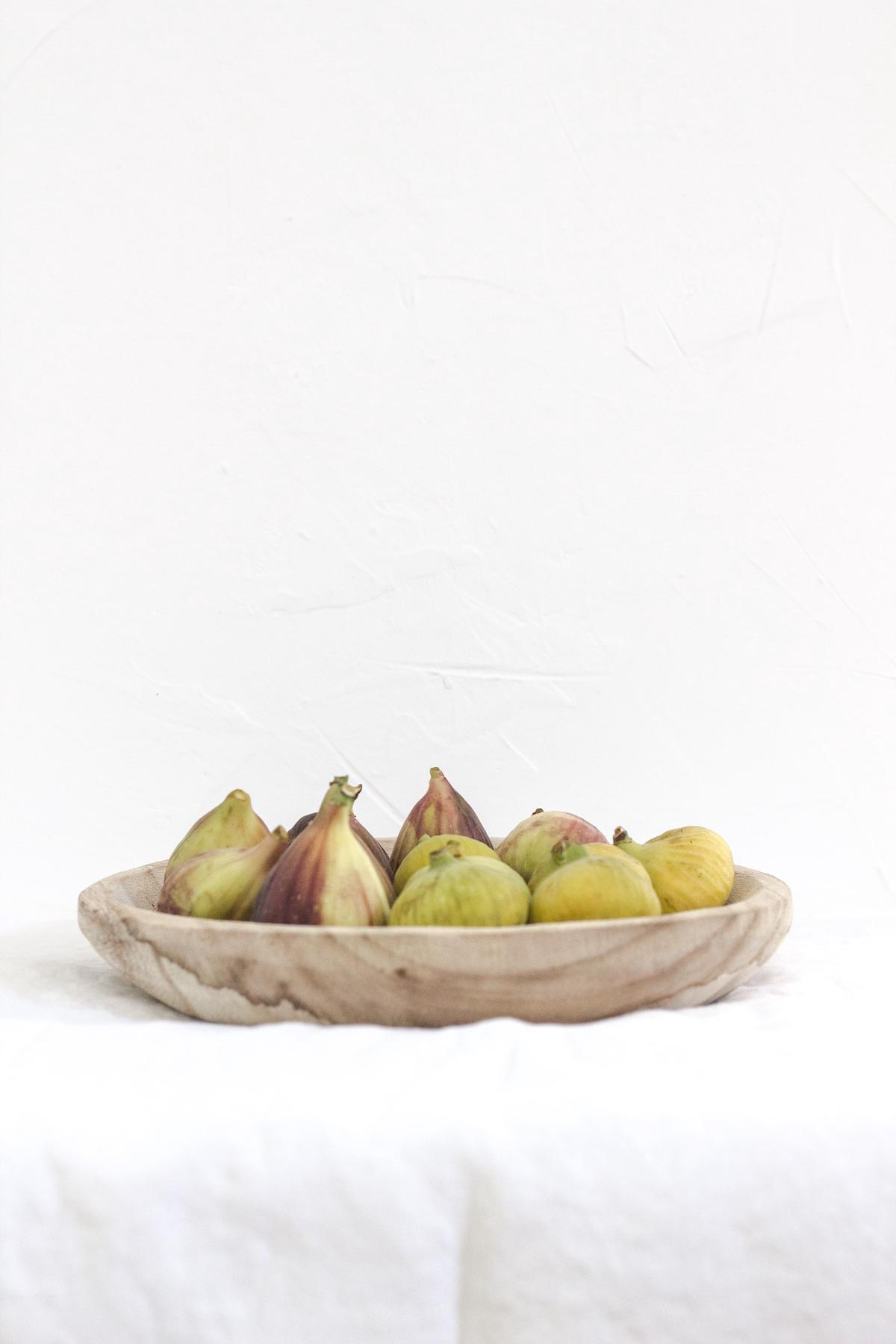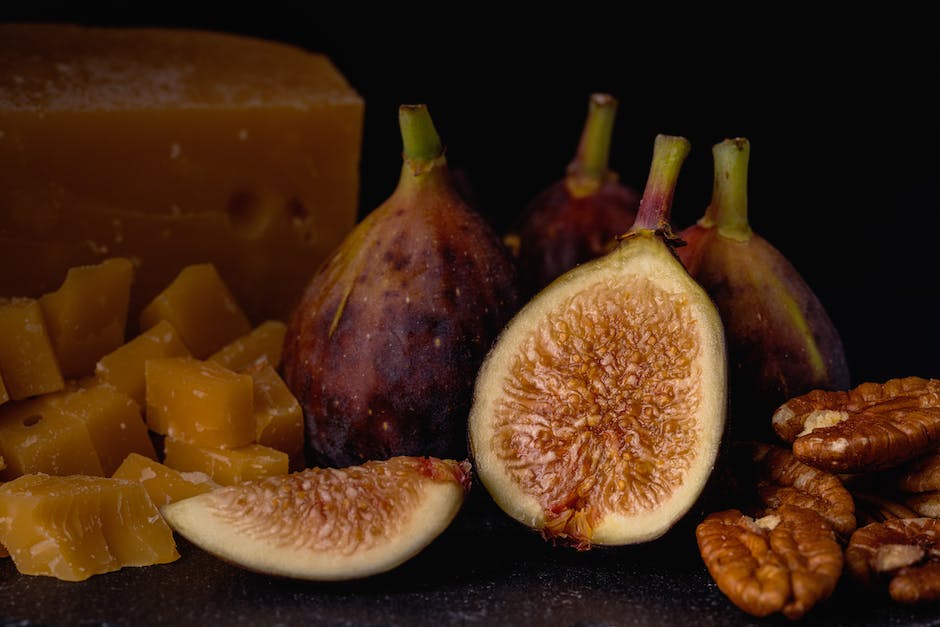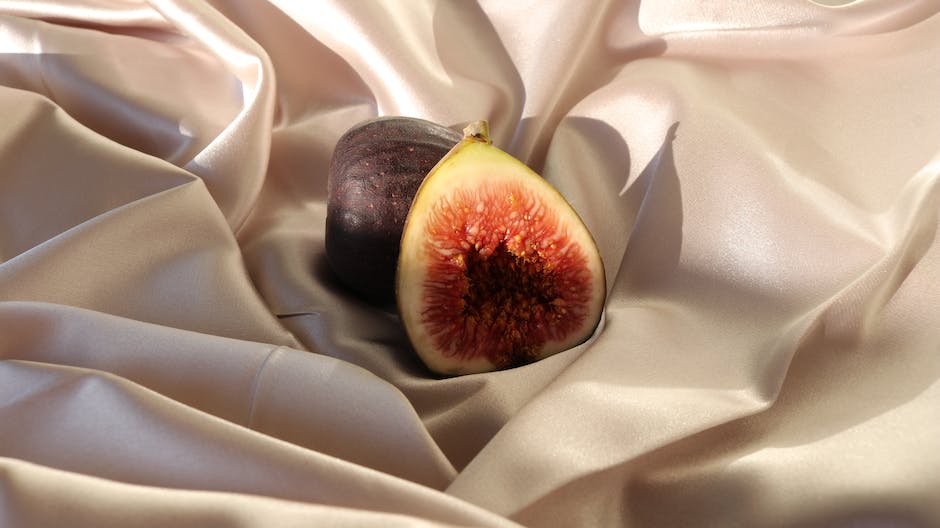Knowing When Your Figs Are Perfectly Ripe

Figs, with their unique flavor and texture, are a delightful addition to any diet, and knowing when they are at their prime is crucial to maximize their culinary potential. This comprehensive guide discusses diverse aspects of fig ripeness, from visual cues and tactile hints to understanding the ripening patterns specific to different fig varieties. It’s a compelling journey that encompasses various touchpoints – the shift in color and subtleties of texture that signal ripeness, the differing traits amidst numerous fig varieties, and how these diversity influences ripeness.
Understanding Fig Ripeness Signs
All Figged Out: Your Essential Guide to Recognizing a Ripened Fig
All of us fig enthusiasts know the sheer delight of biting into a perfectly ripe fig! It’s a world of sweet, jammy goodness with a light crunch from the tiny seeds, making it one of nature’s most tantalizing treats. However, knowing when a fig is ripe can often be a bit of a challenge. But fret not this article aims to provide some valuable insights on how to recognize that perfect fig moment. Let’s dive right in!
Color Transition: Green to Deep Purple or Brown!
One of the first tell-tale signs that a fig is ripe is its color transformation. Unripe figs primarily have a radiant green hue. This green gradually shifts to a lush deep purple or dusky brown as the fruit ripens, offering a fantastic first indicator of ripeness.
Soft and Supple to the Squeeze!
A ripe fig surrenders to the gentle touch of your fingers. It’s not mushy or overly soft, but has a slight give – just enough to leave a small impression when lightly squeezed. However, figs that are overly soft, especially those with a fermented smell, are generally overripe and not recommended.
The Droop Factor: A Sign of Weighty Goodness!
Another sure-fire way of determining a ripe fig is by observing the droop. Unripe figs tend to stand tall and firm on the tree. As they ripen, they start to droop slightly due to the heavier fruit pulp. This ‘hang-down’ can be a helpful guide to spot a perfectly ripe fig.
Tiny Cracks, Big Flavor!
As figs ripen, the skin can often form tiny, thread-like cracks. It’s not detrimental to the fruit, rather these cracks are indications of the fig swelling with ripened goodness, bursting to share its juicy, sweet treat with the world. So, if it’s a crinkle or crack that you see, rest assured, the fig is ripe and ready to eat.
Source of Sweetness- Visible ‘Sugar Eye’
The ‘eye’ of the fig, located at the bottom, often has a small drop of sugary liquid when it’s ripe. Not all fig varieties ‘weep’ this sugar syrup, but if seen, it’s definitely a confirmation of ripeness.
Swelling Size and the Detachable Stem
As figs ripen, they tend to enlarge and take on a slightly more roundish or squat shape. Alongside, the stem adjoining the fig should ideally detach with ease. If the stem resists when you pull the fig, this usually means it’s not quite ripe.
Simply summing it up, understanding when a fig is ripe is simply a culmination of keen observation and a touch of sensing. From changes in color to soft squeezability, drooping postures to crackled skin, sweet-weeping eye to an easily detachable stem – all of these serve as the fig’s way of teasing and saying, “I’m ready – come take a bite!” And remember, patience coupled with keen observation equals a fig at the peak of its sweetness. Bon appétit, fig lovers!

Photo by rezelkealoha on Unsplash
Different Fig Varieties and Their Ripeness
Moving further into the fascinating world of fig variates, let’s dive deep into how ripeness differs among them. It’s an adventure to explore these subtleties – a key aspect that sets apart every fig aficionado from the crowd.
First up is our flavor-packed mission figs. These darlings are known for their rich, sweet taste and an incredible appetizing aroma when ripe. This variety typically exhibits a slightly wrinkled exterior, much like a prune when it’s ready for consumption. Not to forget, a substantial ooze of sticky, syrup-like substance from the ‘eye’ is another foolproof marker of its readiness.
White or Kadota figs, a classic variety, depict a unique ripening characteristic. Unlike most other types, they maintain a steady green exterior even when ripe. Hence, gentle squeezing is the ideal way to assess their ripeness. A softness, rendering them mildly squishy upon handling, is an affirmation of their consummation. Remember, firmness in Kadota figs implies they are still in their evolving phase.
Celeste figs, a widely grown variety earning its fame for its sweet honey-like flavor, reveal their ripeness through a slight shrinkage. That’s right – a ripe Celeste fig will have a somewhat shriveled skin. On the contrary, an unriped Celeste fig will retain a shiny, smooth, and plump skin.
Calimyrna figs, the golden yellow treasures, signal their ripeness by the emergence of minute, fine cracks on their exterior, very much like our skin’s natural lines. Having a larger size, these figs will also appear plumper than usual with an easily removable stem.
On the darker spectrum, Black Mission figs change from a deep green to a rich blackish-purple when ripe. They are quite similar to the mission figs in terms of the syrupy substance ooze. Concurrently, a sweet, fragrant aroma engulfs them, signaling their readiness for consumption. The taste? Unparalleled!
And there it is – a detailed guide to differentiating between the ripeness of various fig varieties. The next time when these gorgeous fruits adorn the local farmer’s market or even your backyard, identifying the perfectly ripened figs, irrespective of the variety, will be a sweet achievement in itself. Happy fig hunting, folks! Enjoy the remarkable flavors that each ripe fig offers, which undoubtedly elevates the overall fig-eating experience!

Harvesting and Storing Ripe Figs
After you’ve identified all of the signs of a ripe fig, the harvesting process itself is pretty straightforward. The first thing to keep in mind is your timing – figs will not continue to ripen once they’re plucked from the tree. Therefore, patience is essential. Hold off until the precise moment of ripeness before you proceed with harvesting.
Armed with a gentle touch and perhaps a pair of sharp pruning shears for easier collection, begin the process. It’s best to harvest in the early morning as the nocturnal wasps that aid in fig pollination are typically less active. Approach the fig and gently twist it upwards and away from the branch. You’ll notice it detaches quite easily if it’s indeed ripe. Be careful not to bruise or damage your figs while removing them; ripe figs are notably delicate and need a touch gentler than picking an apple or peach.
As beautiful as a freshly harvested fig is, don’t agonize over appearances alone. If a fig has a small beetle hole or bird peck, it can still be deliciously sweet and perfect for consumption. Minor blemishes are part of the charm of home-grown produce and don’t usually affect the quality.
Now, to store your figs. Unfortunately, figs are known for their fleeting shelf-life and should be consumed soon after harvesting for best flavor. Nevertheless, there are a few ways to preserve their freshness a bit longer. Firstly, avoid washing your figs until you’re ready to eat them. Moisture can hasten spoilage, making it best to simply store your figs unwashed in a plastic bag in the refrigerator, where they’ll keep for about 2-3 days.
If you happen to have a larger fig harvest and want to extend their shelf-life even further, freezing is a great option. Start by washing your figs thoroughly and patting them dry. Then, arrange them in a single layer on a baking tray and freeze until solid. Afterward, transfer the frozen figs into airtight containers or plastic freezer bags. Frozen figs can maintain their quality for 6-8 months, and are ideal to use in baking and smoothies.
Looking to take your fig game to the next level? Try drying figs! This process intensifies their sweetness and extends their shelf-life significantly. Drying can be done using an oven or a dedicated food dehydrator. The process varies depending on the method, but generally involves washing and drying your figs, halving or quartering them, then drying at a low temperature for an extended period of around 12-24 hours.
With these tips, all the joys and sweetness of fig season can be savored, highlighting your harvest and maximizing enjoyment of your fig stupendous stash. Happy figging!

Knowing how to accurately pick and store ripe figs not only enhances your personal enjoyment of this sweet, luscious fruit but also allows you to extend their freshness and vitality for as long as possible. As you acquaint yourself with harvesting timings and handling techniques, you become a connoisseur, attuned to the sensitive changes that predict peak ripeness. With knowledge, comes pleasure, and as your expertise in understanding fig ripeness grows, so will your appreciation for this marvelous fruit in its juiciest, sweetest state.



